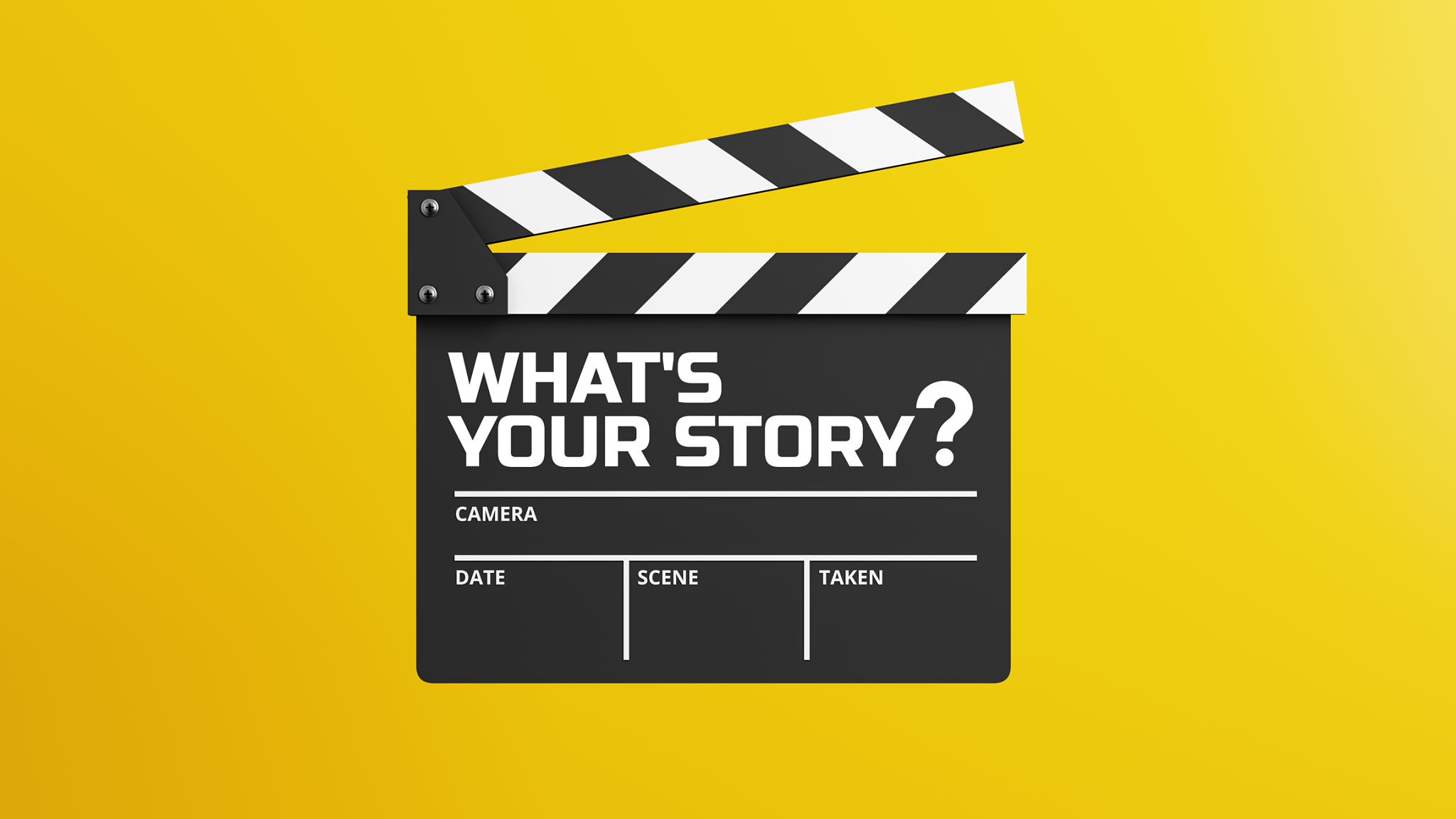Understanding the Role of Multimedia in Effective Brand Storytelling
The Power of Multimedia in Brand Storytelling
In today's digital age, the way brands communicate with their audience has drastically evolved. Traditional methods of storytelling, while still relevant, are enhanced and transformed by the inclusion of multimedia elements. Multimedia storytelling is not just a trend; it's a crucial component in creating engaging and memorable brand narratives.

Why Multimedia Matters
Multimedia engages multiple senses, making stories more immersive and compelling. By incorporating visuals, audio, and interactive elements, brands can convey complex messages more effectively. This multisensory approach helps capture attention and retain interest, ultimately enhancing the emotional connection with the audience.
Moreover, multimedia allows brands to showcase their personality and values in a dynamic way. This can be particularly effective for brands looking to stand out in a crowded market. By using different types of media, companies can create a unique voice and style that resonates with their target audience.
Types of Multimedia in Brand Storytelling
There are several forms of multimedia that brands can utilize to enhance their storytelling:
- Images: High-quality visuals can quickly convey emotions and messages that words alone may struggle to express.
- Videos: These can provide a more detailed narrative and are particularly effective for demonstrating products or sharing customer testimonials.
- Audio: Podcasts and background music add depth to stories, creating a mood or setting the scene.
- Interactive Content: Quizzes, polls, and interactive infographics engage the audience actively, making them part of the story.

Creating a Cohesive Narrative
A successful multimedia brand story is not just about using various media types but integrating them into a cohesive narrative. Each element should serve a purpose and contribute to the overall story arc. Consistency in tone, style, and messaging across different media ensures that the brand's story is clear and unified.
This integration requires careful planning and execution. Brands need to consider how each piece of content fits into the larger picture and what role it plays in conveying the message. By doing so, they can create a seamless experience for their audience.
The Impact on Audience Engagement
The use of multimedia in storytelling significantly boosts audience engagement. Interactive and visually appealing content encourages users to spend more time engaging with the brand's message. This increased engagement can lead to higher conversion rates as the audience feels more connected to the brand.

Furthermore, multimedia content is highly shareable on social media platforms. When audiences find content relatable or entertaining, they are more likely to share it with their network, amplifying the brand's reach and impact.
Conclusion
Incorporating multimedia into brand storytelling is no longer optional but necessary for brands looking to effectively communicate and connect with their audience. By leveraging images, videos, audio, and interactive elements, brands can craft rich, engaging stories that leave a lasting impression.
As technology continues to evolve, so too will the possibilities for multimedia storytelling. Brands that embrace these opportunities will not only enhance their storytelling capabilities but also strengthen their relationships with their audiences.
